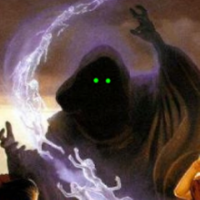
I'm new to Roll20 and I think it's really good, don't get me wrong, but when I create a drawing using freehand or crate a shape I end up having to do some counter-intuitive drawing (Like drawing with the same color as the background) to erase a mistake, or create a doorway, and find myself needing an erase feature more often than not. If there is one, please, someone tell me. (:< Thanks.


